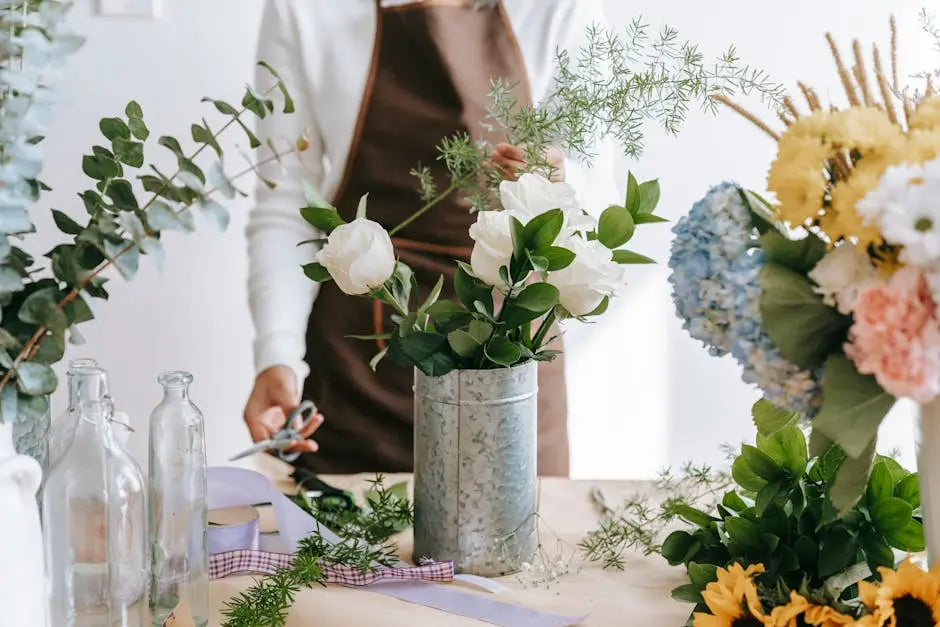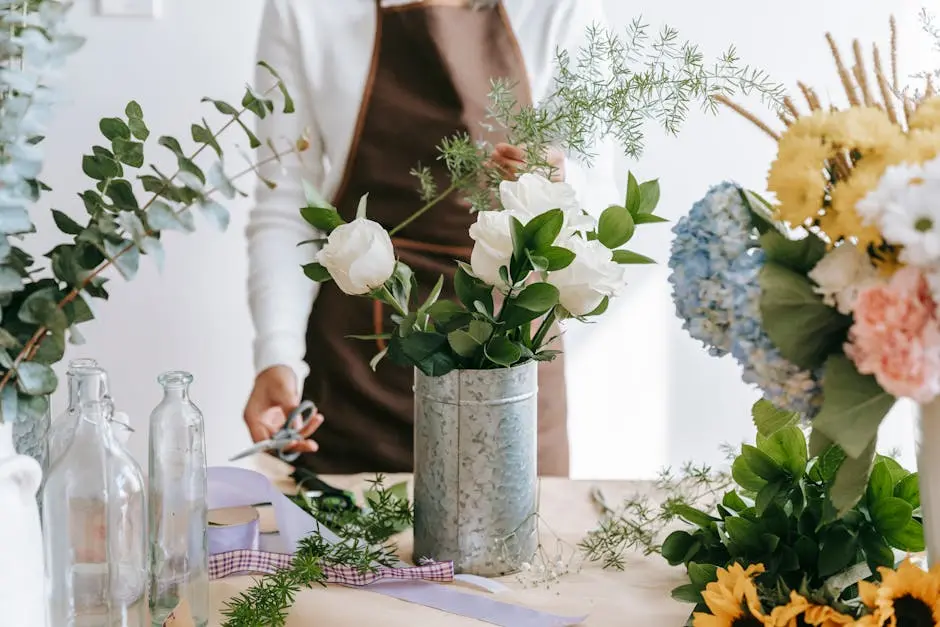
10 Essential Tips for Choosing the Right Botanical Store
Share
Choosing the right botanical store can significantly enhance your shopping experience and ensure you get the best products for your needs. In this guide, we’ll explore some essential tips to help you make an informed decision.
1. Understanding Your Botanical Needs
Before you dive into the world of plants, take a moment to reflect on your own needs and interests. Are you in search of lush, ornamental plants to adorn your living space, or perhaps you’re looking for medicinal plants to enhance your health? Maybe organic herbs for cooking? Having a clear picture of what you want will steer your shopping journey in the right direction. Think of this step as setting your personal criteria for the perfect botanical store.
Remember, some stores might specialize in certain types of plants. For instance, while one store excels in exotic houseplants, another might focus on hardy, outdoor shrubs. By knowing your specific requirements, whether it’s sustainability, specific plant types, or accessibility, you can quickly filter through options that align with your preferences.
2. Researching Store Reputations
In today’s digital age, verifying a store’s reputation has never been easier. A quick search online can provide you with a plethora of reviews and testimonials from other customers. Look for patterns in feedback — consistent praise or specific criticisms can be very revealing. A store with a high number of positive reviews likely holds itself to high standards of satisfaction.
Moreover, consider joining online forums or botanical communities, where enthusiasts share their experiences and recommendations. These discussions can give you deeper insights into stores that maintain excellent customer service and product quality.
But remember, not all reviews are created equal, and personal preferences vary. Trust your judgment and seek out stores where previous customers have clearly enjoyed their interactions and valuable customer feedback.
3. Assessing Product Variety and Quality
A diverse selection is crucial when considering a botanical store. Evaluate whether the store offers a rich variety of plants, seeds, and pots. Are the plants vibrant and healthy, or do they appear neglected and wilting? Quality and maintenance speak volumes about a store’s commitment to its products.
Keep an eye out for stores that provide unique or rare plant species. A catalog rich in both common plants and exotic varieties might indicate a knowledgeable and enthusiastic establishment. Ensure the store also stocks any special equipment you might need for planting and maintaining.
4. Experienced and Knowledgeable Staff
Nothing enhances a shopping experience quite like a conversation with knowledgeable staff. Choose a store where the employees are not just salespeople, but genuinely passionate about plants. Their insights can help you make informed choices, whether they’re advising on plant care or helping identify what suits your space and lifestyle best.
Knowledgeable staff can also alert you to issues you might not be aware of. For instance, they may advise against a plant ill-suited to your region’s climate or offer tips for those interested in sustainable gardening practices.
5. Consideration of Organic and Sustainable Practices
In recent years, many consumers have become increasingly conscious of the environmental impact of their purchases. If you value sustainability, it pays to see if the botanical store aligns with eco-friendly practices. Opt for stores that offer organically grown plants and avoid harmful chemicals in both their cultivation and pest control methods.
Additionally, understanding whether a store follows any sustainable practices — like water conservation, biodiverse planting, or recyclable packaging — can make a huge difference. Supporting businesses that prioritize these practices benefits the environment and encourages more stores to do the same. Embracing an eco-conscious mindset is not just a trend; it’s a step towards protecting our planet and supporting sustainable development.
6. Evaluating Pricing and Value
When navigating pricing, it’s crucial to distinguish between price and value. Higher prices don’t necessarily equate to better plants. Look out for overall value — this might include factors such as plant health, customer service, and included care guides. Buying bulk or taking advantage of seasonal sales might be a good strategy for getting the most value for your money.
Make sure to factor in potential discounts or loyalty points programs. These can be particularly beneficial if you plan on making frequent purchases. Also, consider the long-term investment; a slightly pricier plant that thrives and grows well over time can be worth much more than a cheaper one that struggles to survive.
7. Accessibility and Location
While the lure of a particular store might be tempting, its location is also a practical concern. Ideally, a store should be easily accessible, reducing the hassle of frequent visits. Consider a store that isn’t just close to home, but also conveniently located near other places you visit regularly.
Accessibility can also refer to how accommodating a store is regarding parking and transport. If it’s challenging to carry your purchases home, check if the store offers delivery services or has a system for transporting large or fragile plants. A strategically located store can make your botanical journey much more enjoyable.
8. Exploring Online Shopping Options
Incorporating online options into your shopping can simplify your experience. Ensure the store has a comprehensive online presence with an easy-to-navigate website, allowing you to browse their selection from the comfort of your home. Look for features like customer reviews, detailed product descriptions, and transparent delivery processes.
Moreover, consider whether the store offers virtual consultations or plant care tips through their site, quite a few now have robust resources and articles akin to a digital library on plant care. These online elements can enhance your purchasing decisions, providing an additional layer of support and convenience. Whether you shop in-person or online, choosing a store with solid digital resources ensures a smoother experience.
9. Customer Service and Support
Evaluating a botanical store’s level of service is vital. A good store should offer customer-centric services, ensuring any questions or concerns are resolved promptly. This includes proficient after-sale support, ready to handle any issue that might arise post-purchase.
Additionally, consider whether the store provides plant care workshops or community engagement initiatives. These can be fantastic opportunities to enhance your knowledge while fostering a sense of community among fellow plant enthusiasts. A store that invests in customer relationships is one that can be trusted to offer a quality shopping experience.
10. Loyalty Programs and Discounts
Taking part in a store’s loyalty program can prove rewarding. Many botanical stores have schemes offering discounts, exclusive offers, and early access to special collections, enabling you to stretch your budget further.
Look for any membership perks that might be of interest, such as invitations to exclusive workshops or networking events. Ensuring the loyalty program aligns with your needs can lead to significant savings over time, making your botanical indulgence more sustainable economically.
In a nutshell, these programs often translate to not just monetary savings but also invaluable experiences and opportunities to grow your knowledge. Engaging with these offers enhances your overall shopping journey and connection with the botanical community.
